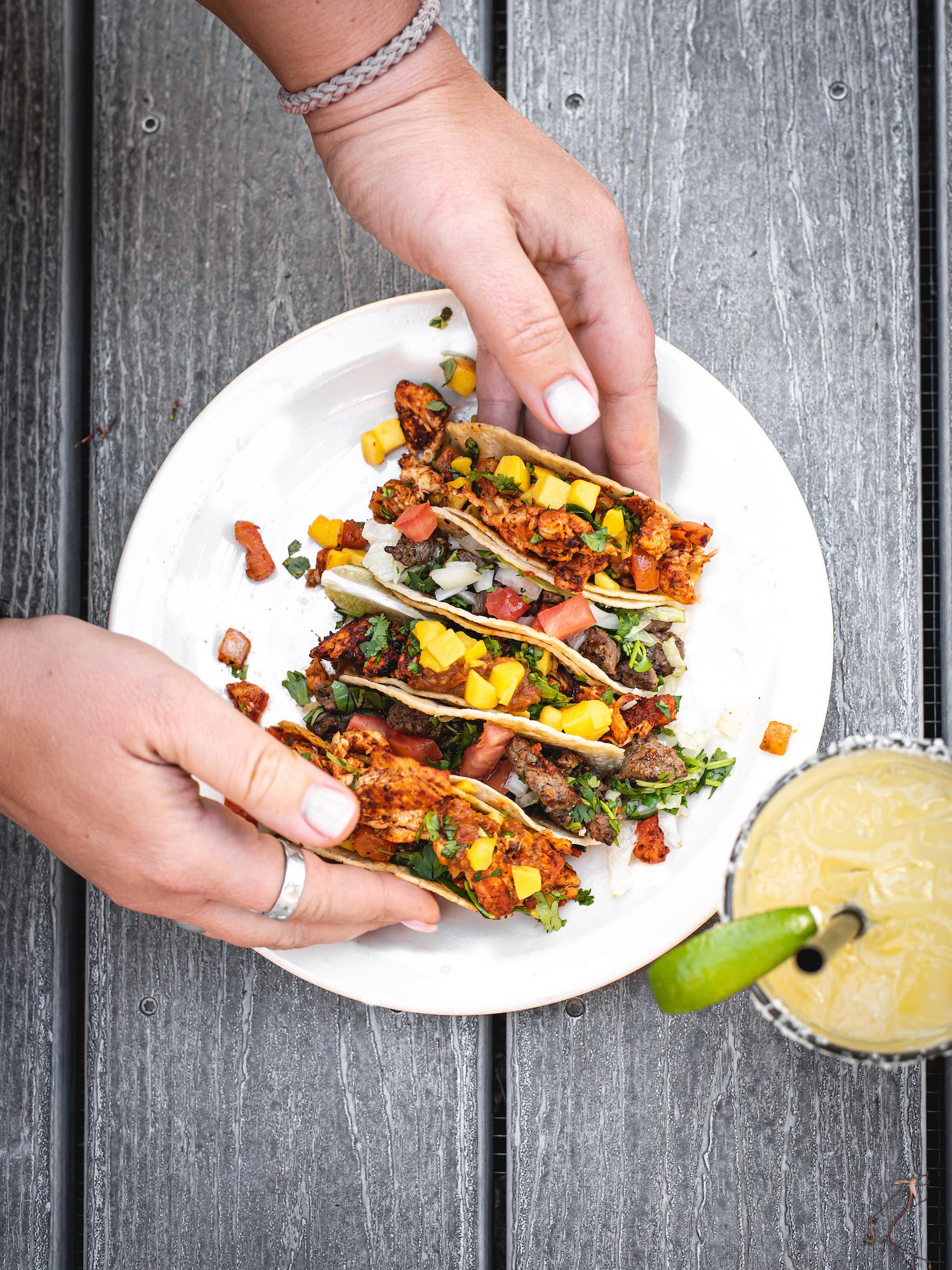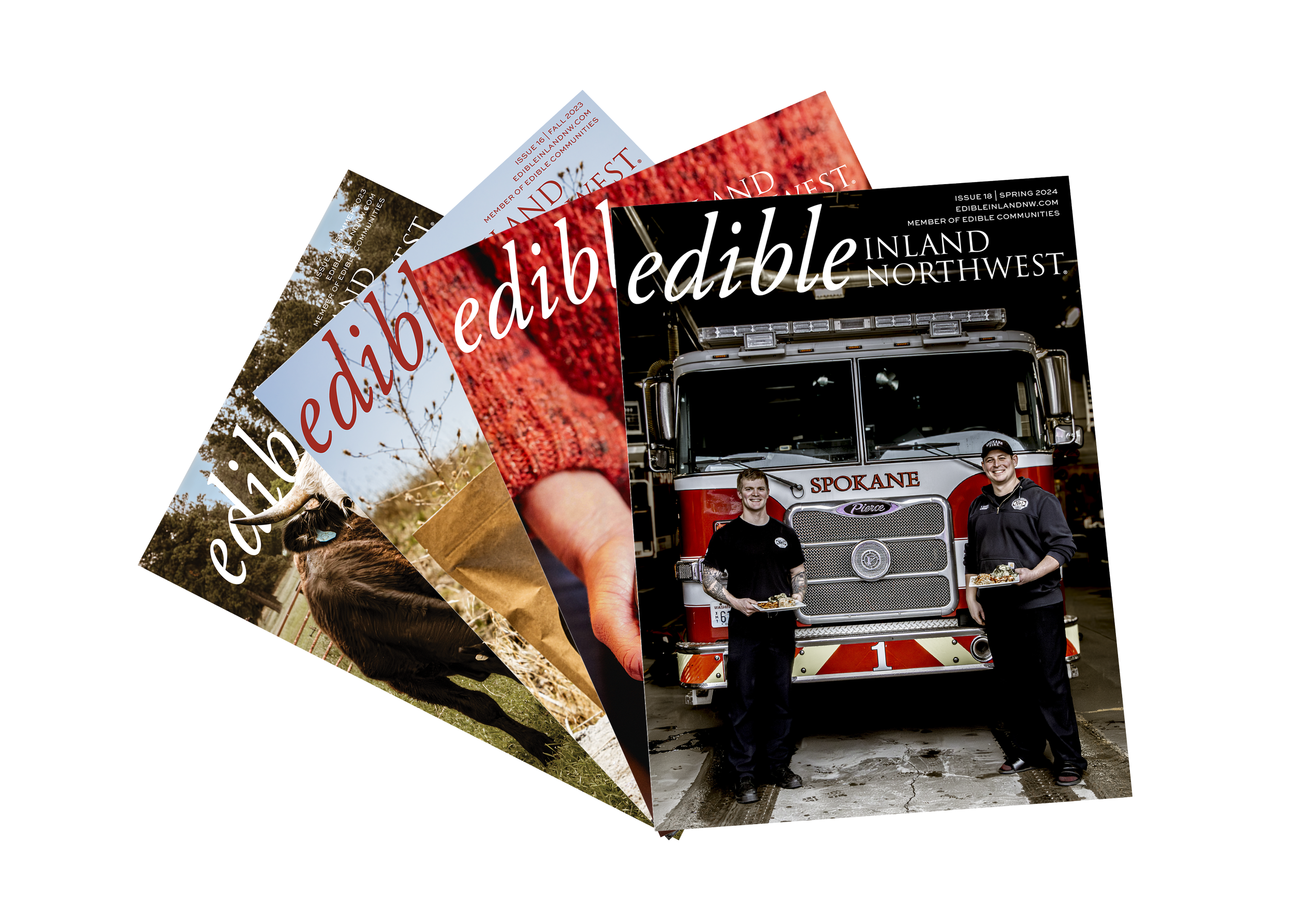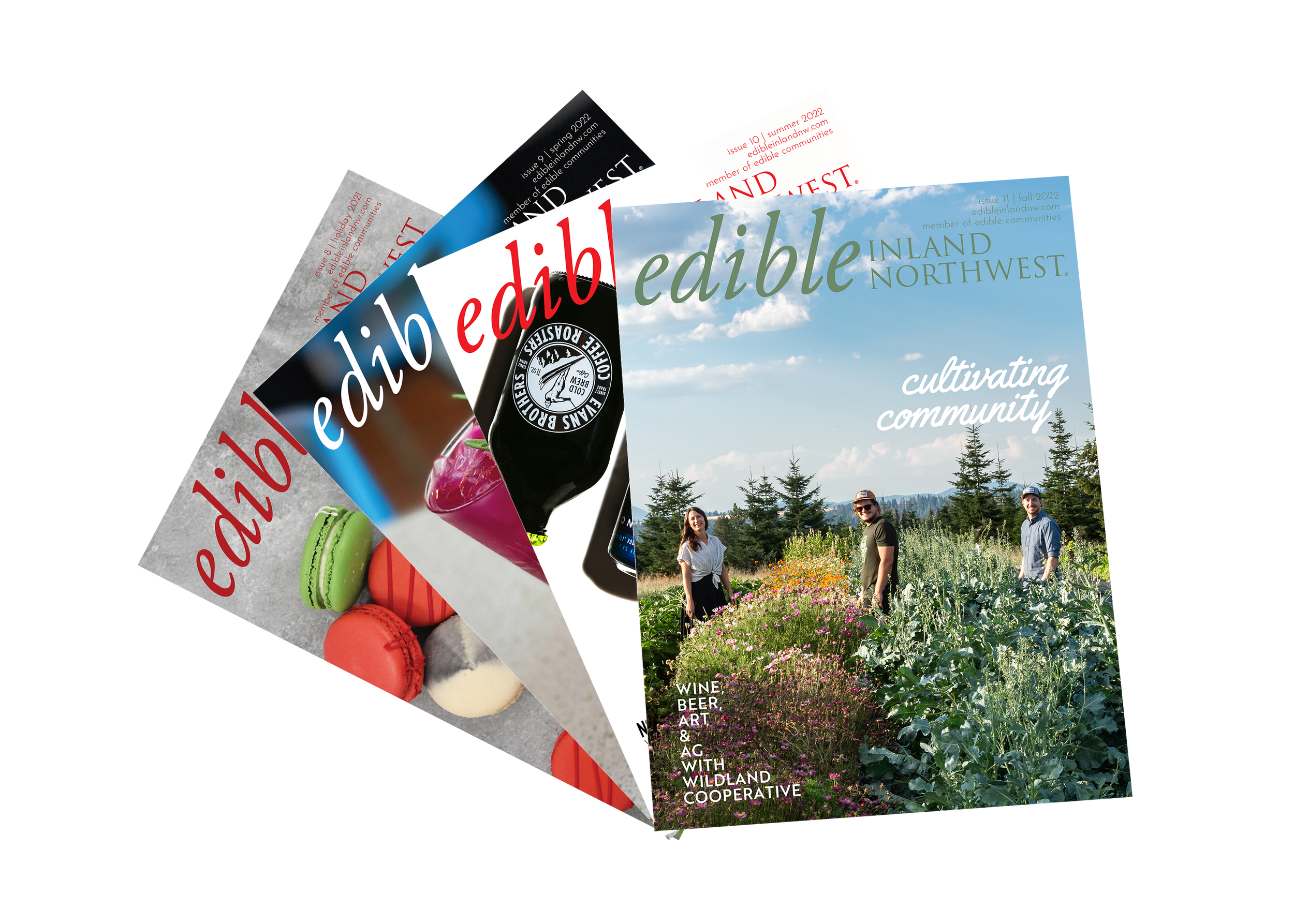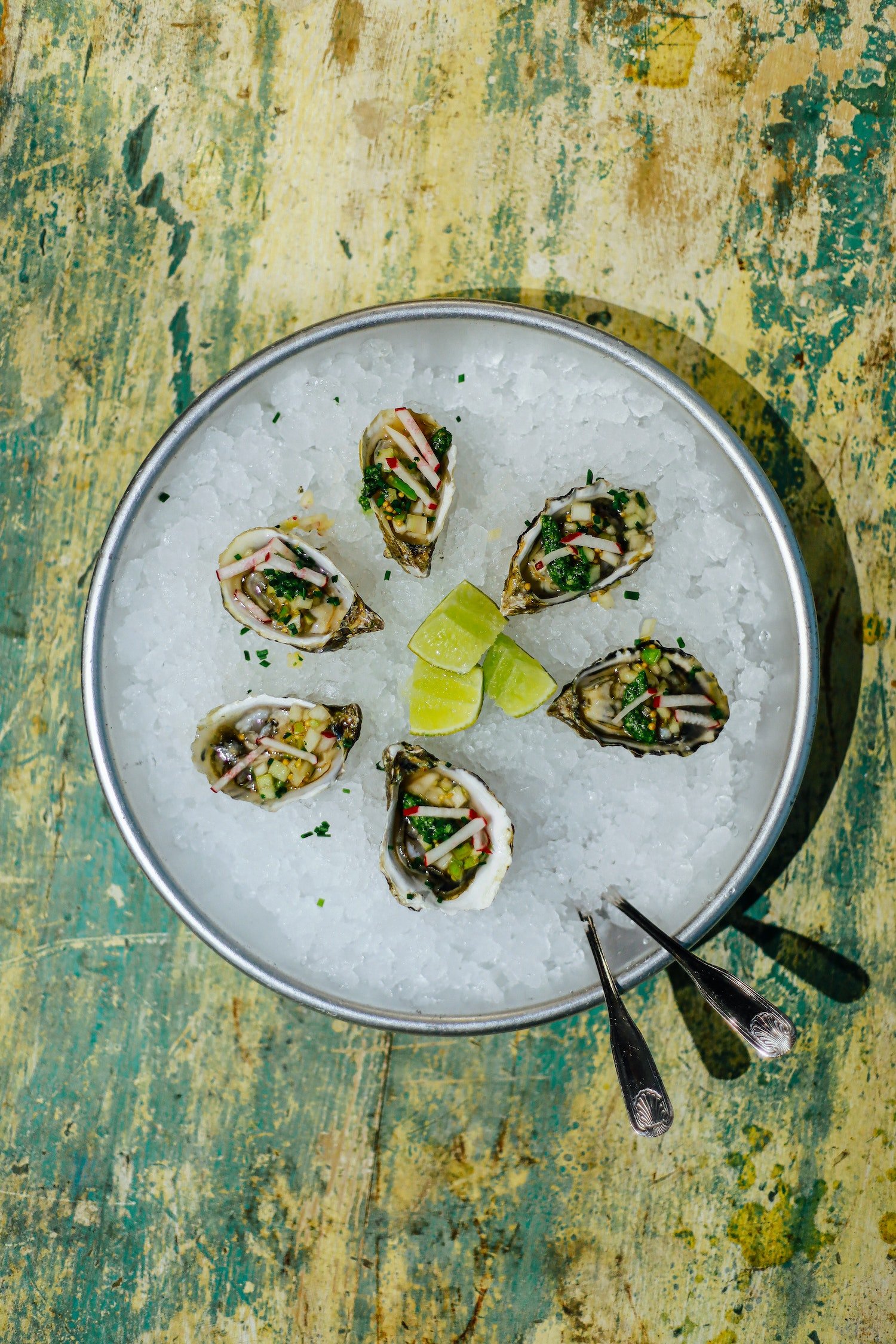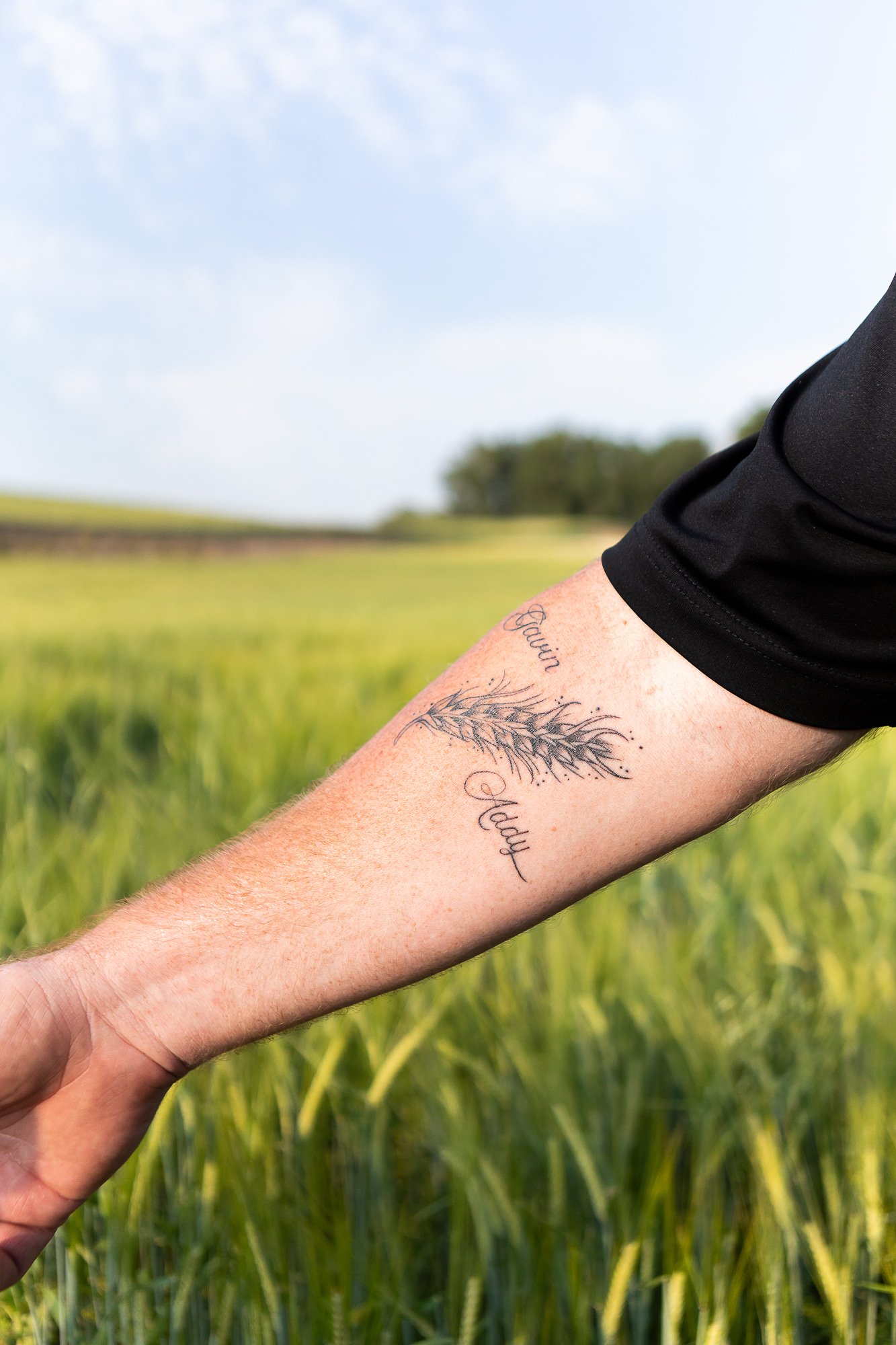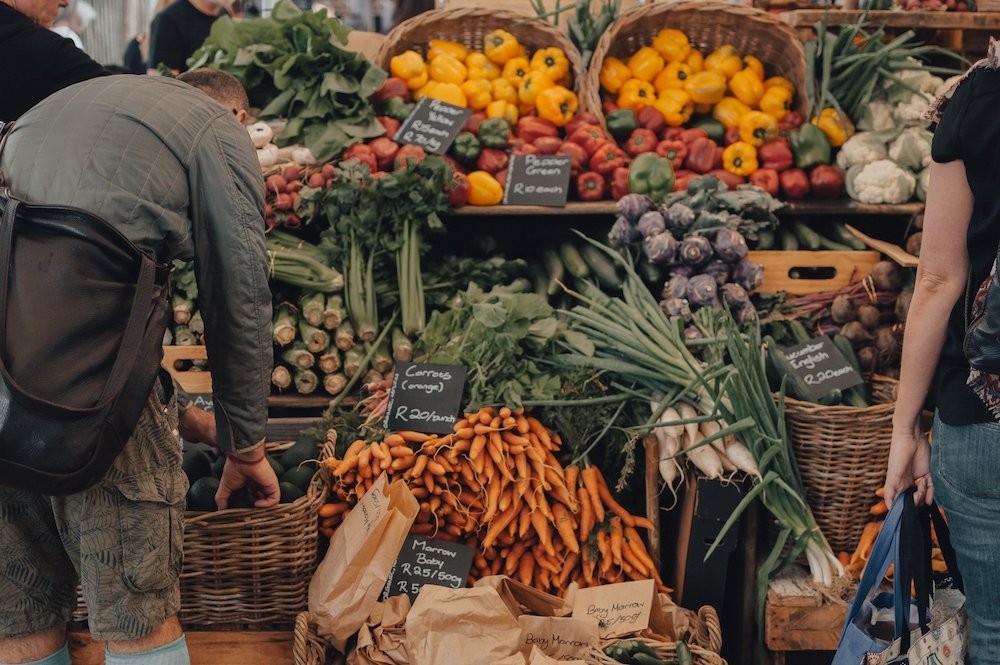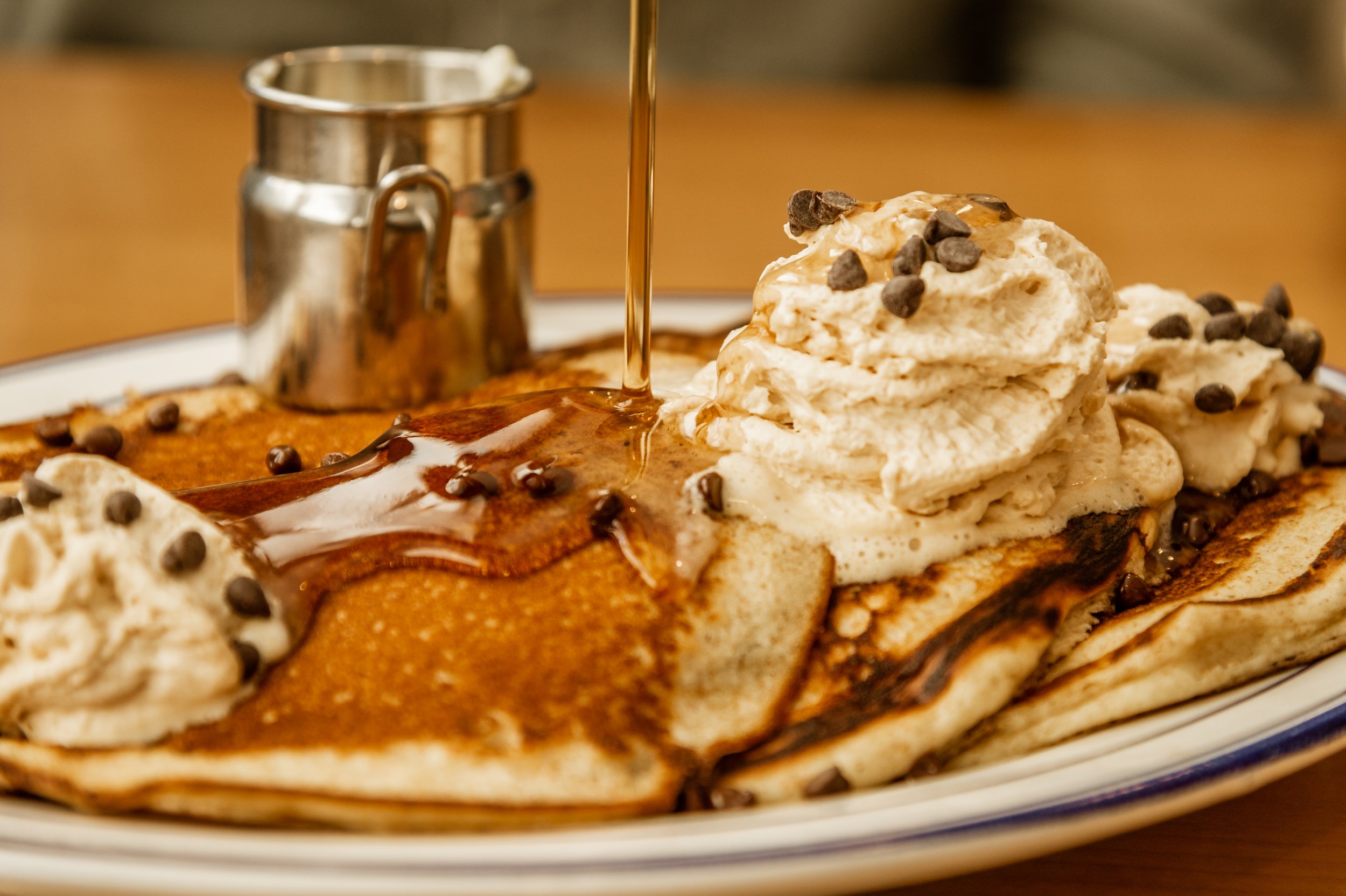
DIGITAL EDITIONSpring 2022
It’s spring, so it’s time to pull out all of the old cliches about the sun coming out, rebirth, new growth, April showers and the like. But with this trip around the sun, it feels timelier and more appropriate than in years past.
Two years ago, we were hit with the initial pandemic shutdown and all of the unknowns that came with it.
One year ago, we were signing up for vaccine appointments.
Now, with COVID cases plummeting nationwide, it seems like the two-week promise that turned into a two-year nightmare might finally be in its waning days.
Cue “Happy Days are Here Again”.
I have spent the last 700 and something days trying to be patient, reminding myself and others that things would get better while also trying to be sensitive to the array of socio-political beliefs, healthcare concerns, and general world outlooks of those immediately in my orbit, around Spokane, and across the region as a whole. The whole time, I’ve said that I’m confident about Spokane’s ability to grow from these experiences.
I’m writing this on the heels of The New York Times publishing a story about Spokane, the influx of people moving to the area, and the impact that is having on the local housing market. The piece, taken at its face, sounded ominous, with anecdotes of potential homebuyers being outbid by out-of-towners and photos of a homeless camp. The story had me looking at myself and my relationship with the city I chose to move to a few years ago after spending the first 30 years of my life bouncing between the vast metropolises that make up the list of largest cities in the country. I moved because Spokane and the Inland Northwest are full of opportunities. I get a good chuckle out of “Don’t California my [Insert State Here]” bumper stickers, but I think it is incredibly telling that people want to be here and work to make it into an even better place to live.
That’s not to say that we don’t have room for improvement and there won’t be struggles to get there, but better to be in a city where people want to be than one where people are fleeing in droves.
And when you consider spring in Spokane, who wouldn’t want to be here?! We are about to be surrounded by tulips, roses and lilacs. Farmers market season is around the corner. Bloomsday, Hoopfest and concerts are back on the schedule.
And with new people moving to town at the same time mask mandates are ending, there are going to be all kinds of exciting updates and openings this year and going forward.
In the last issue, I wrote about how this magazine was launched right at the start of the pandemic and how I struggled to get out, meet people, and do my job when restaurants were being hit from all angles. Putting together a print magazine isn’t easy, but one of the toughest parts during that stretch has been committing time and resources to telling stories, gathering them in a thorough and unique way, and distributing that information to our readers, especially with so many questions and tough decisions facing the people and industry I have chosen to highlight. Some businesses we wrote about have closed. Some people have moved away. Some stories are difficult for us to cover simply because our print schedule—we are thinking about the holidays while still battling the summer heat and working on farmers market coverage when there’s still snow on the ground.
Again, it would be another story entirely if there was no end to the pandemic in sight and if people were taking the first offer on their house in order to flee Spokane and not the other way around.
So, here we are—spring in Spokane, celebrating new beginnings.
To coincide with the release of this issue, we are relaunching our website, edibleinlandnw.com.
Edible Inland Northwest is telling the story of growth in Spokane and the Inland Northwest through the food, produced, processed, and prepared here, including the people who make it and the people who enjoy it. We have spent the past few months discussing and strategizing how we can share more timely news and events, highlight voices that aren’t heard elsewhere, and be a resource for people who live in the region, whether it has been for two months or 20 years. With those goals and more in mind, the new edibleinlandnw.com will have more neighborhood guides, educational information, seasonal recipes, and opportunities for our readers to contribute to our coverage and narrative process.
You can still find us in print—and an archive of our back issues is available online to remind us of the highs and lows that can come with living in a growing city—but we hope that this new digital meeting place will help us share stories with a wider audience of our friends and neighbors who want to support local food and independent businesses.
If that’s you, then I hope that you will visit the site and engage with us across print and digital platforms as we are committed to spreading the word about why this is such a special place to live, in spring and all year round.
We thank you for supporting our locally owned and operated publication and we thank you for supporting our local food community. There's so much excitement ahead and I look forward to sharing it with you.
Cheers,
Jeffrey Fijolek
Publisher & Editor-in-Chief
Purchase the Print Edition for $10.
IN THIS ISSUE FROM EDIBLE COMMUNITIESIn Labels We Trust: How Food Certification Labels Can Help Consumers Make Better Choices
Ever wonder what the food labels and certifications on our food packaging really mean? Is one certification better than another?This Signature Section story from Edible Communities is about food labelling and certification on food. It provides an inventory of prominent food certification programs and encourages readers to explore which food packaging labels might be most important to them as consumers. The story was written by Food Tank’s Content Director, Elena Seeley, in partnership with Food Tank.
Stories in this edition
SUBSCRIBE


